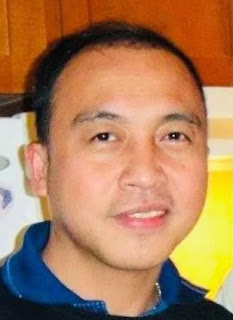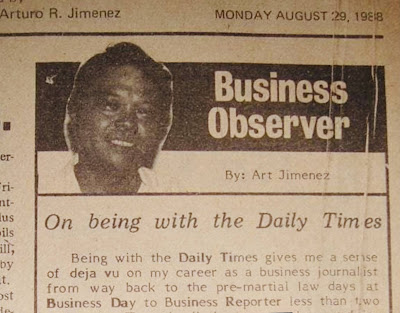“Hate is too great a burden to bear. It injures the hater more than it injures the hated.”
—Coretta Scott King
By Alex P. Vidal
AS an Asian, I am guilty of being the No. 1 violator of the unwritten rule among Asian Americans in the United States, particularly in New York City nowadays: “Don’t sleep while inside a subway train.”
Mea culpa, I fell asleep for a few minutes on my way to Brooklyn morning on Friday, February 26. It’s a good thing I was safe.
And, oops, I did it again on my way back to Queens past noontime.
We have been supposedly warned to be careful while in public, especially inside the bus and the subway train now that hate crimes involving Asian Americans have soared in these past weeks.
I travel from Queens to Brooklyn vice versa via subway train four times a week and my travel time normally takes one hour and 15 minutes from 90th Station in Queens to Avenue I going Coney Island in Brooklyn.
After 10 to 15 minutes of each travel, I usually fall asleep as most passengers do. I wake up about five stations before my final stop.
Not anymore since three weeks ago after a 61-year-old Filipino passenger Noel Quintana, who looked like Chinese like me, received almost 100 stitches after he was slashed across the face by another passenger on the New York City subway on February 3.
Most of us have been alerted that Quintana’s case could be linked to the upsurge of hate crimes perpetrated recently against mostly Chinese nationals referred to as “Asian Americans” in the media.
Quintana was riding the L train to get to work in Harlem when a man walked by and kicked the tote bag that the Filipino worker had set on the train floor, according to a New York Daily News report.
When Quintana confronted the man after he noticed his bag being kicked again, the man took out a box cutter and slashed Quintana across the face from cheek to cheek.
-o0o-
None of the passengers reportedly came to Quintana’s aid.
He got off the train, and was only able to get help from a ticket booth attendant who called 911.
Quintana was taken to Bellevue Hospital for treatment. He survived.
The assailant was able to flee when the train stopped at First Avenue and 14th Street.
The New York Police have released images of the man and are asking the public’s help to find him.
The assailant was described as between 20 and 30 years old, wearing a black mask with a Louis Vuitton logo, a black North Face jacket, red bandana, and light-colored sneakers.
Quintana’s experience is among the latest reported subway attacks in the city, and in a series of troubling violence against older Asian American individuals across the country.
In Oakland’s Chinatown, a viral video shows a suspect forcefully pushing a 91-year-old man to the ground. Actors Daniel Dae Kim and Daniel Wu are offering a $25,000 reward for any information leading to an arrest in the attack.
In late January, 84-year-old Vicha Ratanapakdee, who was originally from Thailand, died from injuries after Antoine Watson, 19, knocked him to the ground while on his morning walk in the Anza Vista neighborhood of San Francisco.
The number of hate crimes with Asian-American victims reported to the New York Police Department jumped to 28 in 2020, from just three the previous year, though activists and police officials say many additional incidents were not classified as hate crimes or went unreported.
According to the New York Times (NYT), Asian-Americans are grappling with the anxiety, fear and anger brought on by the attacks, which activists and elected officials say were fueled early in the pandemic by former President Donald J. Trump, who frequently used racist language to refer to the coronavirus.
-o0o-
In New York City, where Asian-Americans make up an estimated 16 percent of the population, the violence has terrified many.
“The attacks are random, and they are fast and furious,” said Jo-Ann Yoo, executive director of the Asian American Federation, a nonprofit network of community groups as quoted by the NYT.
“It has stoked a lot of fear and paranoia. People are not leaving their homes.”
“The xenophobia and violence is compounded by the economic fallout of the pandemic and fears of the virus, which dealt a severe blow to New York’s Asian-American communities,” reported the NYT.
“Many of the attacks do not result in hate crime charges, because the police need evidence that identity was the motivating factor, like an audible racial slur, a self-incriminating statement or a history of racist behavior by the attacker.”
Two attacks on people of Asian descent have led to hate crime charges in New York, so far this year.
Police said another appeared to come on February 25, after a 36-year-old man was stabbed near the federal courthouse in Lower Manhattan and taken to the hospital in critical condition.
The authorities initially said they would pursue hate crime charges, but on Saturday they had settled on several charges, none of them related to hate crimes, according to a law enforcement official with knowledge of the investigation as reported in NYT.
(The author, who is now based in New York City, used to be the editor of two local dailies in Iloilo)








